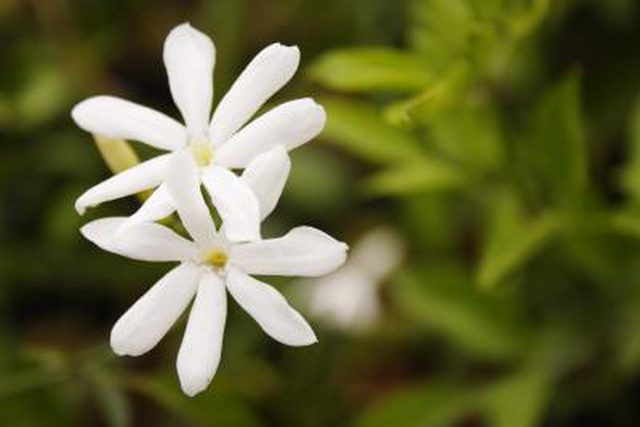Bulbs
Flower Basics
Flower Beds & Specialty Gardens
Flower Garden
Garden Furniture
Garden Gnomes
Garden Seeds
Garden Sheds
Garden Statues
Garden Tools & Supplies
Gardening Basics
Green & Organic
Groundcovers & Vines
Growing Annuals
Growing Basil
Growing Beans
Growing Berries
Growing Blueberries
Growing Cactus
Growing Corn
Growing Cotton
Growing Edibles
Growing Flowers
Growing Garlic
Growing Grapes
Growing Grass
Growing Herbs
Growing Jasmine
Growing Mint
Growing Mushrooms
Orchids
Growing Peanuts
Growing Perennials
Growing Plants
Growing Rosemary
Growing Roses
Growing Strawberries
Growing Sunflowers
Growing Thyme
Growing Tomatoes
Growing Tulips
Growing Vegetables
Herb Basics
Herb Garden
Indoor Growing
Landscaping Basics
Landscaping Patios
Landscaping Plants
Landscaping Shrubs
Landscaping Trees
Landscaping Walks & Pathways
Lawn Basics
Lawn Maintenance
Lawn Mowers
Lawn Ornaments
Lawn Planting
Lawn Tools
Outdoor Growing
Overall Landscape Planning
Pests, Weeds & Problems
Plant Basics
Rock Garden
Rose Garden
Shrubs
Soil
Specialty Gardens
Trees
Vegetable Garden
Yard Maintenance
How to Cut and Transplant a Jasmine Vine
How to Cut and Transplant a Jasmine Vine. When you have a desirable vine or shrub such as jasmine (Jasminum) in your yard, you may decide that you want more of it -- or that you want to gift some to others. Depending on the variety, jasmine grows in USDA plant hardiness zones 6b to 11a, making it a fragrant and eye-catching addition to many...

When you have a desirable vine or shrub such as jasmine (Jasminum) in your yard, you may decide that you want more of it -- or that you want to gift some to others. Depending on the variety, jasmine grows in USDA plant hardiness zones 6b to 11a, making it a fragrant and eye-catching addition to many landscapes. Jasmine flowers are often white, but some species display pink, yellow and even red blossoms. The best time to start your cuttings is in midsummer when the parent plant is at its full size but has not yet begun to go dormant.
Things You'll Need
Bleach
Towel
Hand pruner
12-inch pot
Mature compost
Shovel
Wipe down your hand pruners with a mild bleach solution, consisting of nine parts water to one part bleach, to avoid spreading diseases from plant to plant.
Look for stems of your existing jasmine that are about 6 to 9 inches long and firm but not totally woody, meaning they'll be easy to bend slightly and will be greenish-brown, but not all brown. Locate a leaf node -- a place on the stem where a new leaf is budding -- and cut the stem at a 45-degree angle just below the node, using a hand pruner.
Trim away the leaves and stems at the bottom 3 to 4 inches of the new cutting, using your hand pruner or a clean pair of scissors.
Fill a 12-inch garden pot with mature compost, and water lightly.
Place your new cutting into the pot, with its bottom about 6 inches from the bottom of the pot. Place it in a sunny window or in a cold frame or greenhouse where it will stay warm over the winter.
Dig a hole at the depth and width of your pot in early summer, ideally in a location near a wall, trellis or other support that will allow the jasmine plant to grow up onto it. Jasmine likes full sun or partial shade.
Turn your pot over and gently loosen the soil at its edges, allowing the soil, root ball and transplanted plant to come out from the pot. Squeeze the soil a little to loosen the roots.
Place the entire root ball into the hole, making sure the soil line of the root ball is at the soil line of the ground, or just below it. Cover the area with a fine layer of the excavated soil.
Water the transplant lightly, allowing water to pool slightly at the top.
Tips & Warnings
If you want to propagate more than one cutting, put each cutting in its own pot to overwinter.